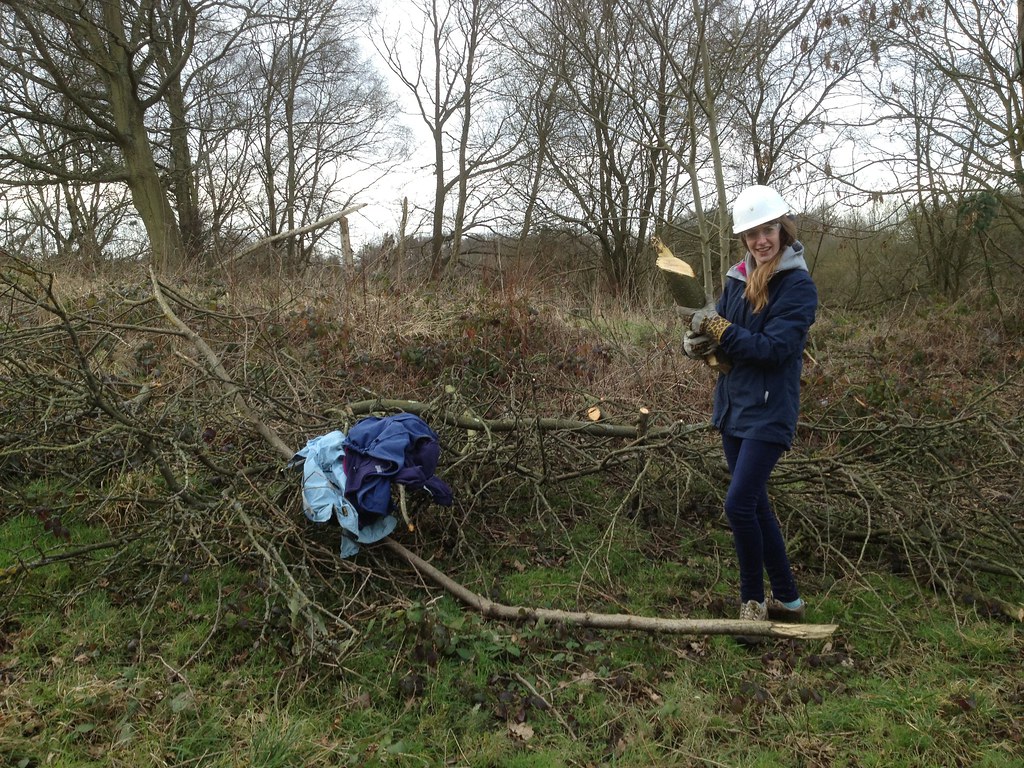Yesterday, we were in Fryent Park, taking care of a young orchard that had never been pruned before and whose trees required formative pruning.
It was a lovely sunny day, and a rather big team was set loose on a strip of trees 1200 m long! We had kids with us - very keen to learn indeed, and passers-by would stop and enquire about the orchard and what we were doing. There was definitely a community feeling, even though the project had gathered together people from all over London, some from as far as Croydon.
We had Bob Lever with us again, and it was great, as he was just as informative this time as he had been before.
Also, I got to work with Amy again, and you know what? we ended up making a very strong team, architect and horticulturist: we did a good job and I had a lot of fun in the process!
We worked all day, with a brief break for lunch, to open up the centres of those trees (so as to get the sun in to ripen the apples),
nudging the canopy to develop into a goblet shape, while bringing the energy down to the lower branches, where it's easier to pick the fruits.
But there were a few saplings that were bucking the trend, having sent out numerous branches at the very bottom of an otherwise naked main stem. In the picture, Bob explaining how to deal with them.
It is the case with those plants, that the energy needs sending higher up the main stem, rather than downwards; therefore, all the low branches need to be removed. Then, the main stem must be cut to a suitably healthy bud at the height required. In such circumstances, the bud in question would acquire apical dominance, and grow straight up towards the sky: the new leader. That is avoided by cutting a notch right underneath it. The next bud down would then try to become the leader, growing straight up, says the theory. So it's disbudded. Following that procedure, the hormones should distribute more evenly, and the other buds should - with a bit of luck (not an exact science!) - develop to wider angles, the ones suitable for cropping.
Such a different job, that at Fryent Park - with secateurs and handsaw - from the polesaw restoration pruning of the 70-or-so-year-old apple trees we did at Stanmore Hospital last time. In both instances, it was good learning and great practice, and really lovely to be back at Stanmore today for more, completing the work on the orchard for this year.
Amy and myself, the winning duo, decided to tackle a couple of big trees, one of which had unfortunately started to rot at the base, but still retained a great shape from its past life, aside from a couple of "trees on top of the tree"; we had to be careful not to throw it off its balance. And one that had been maimed, and responded by sending out a massive, eventually unealthy, limb growing inwards, which we removed.
 |
| Tree 1: almost there |
 |
| Last but one cut |
 |
| And it's done |
 |
| Tree 2: on the right... and you're only as good as your last cut :) |


No comments:
Post a Comment